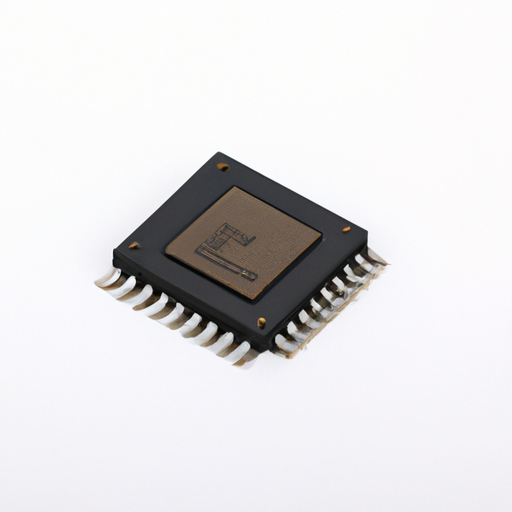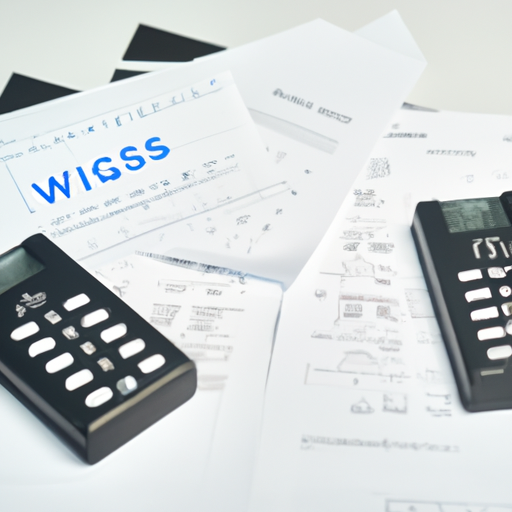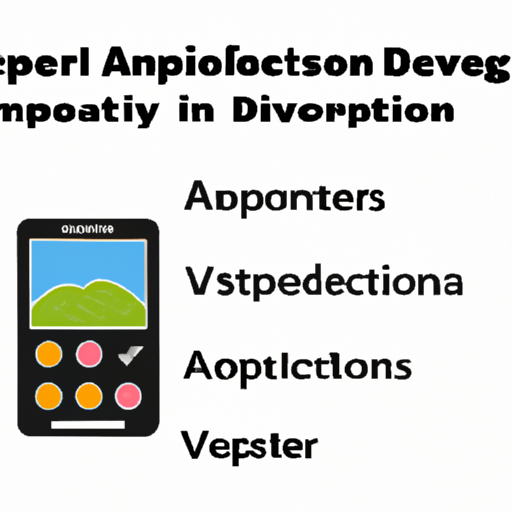MM74HC139N Comparators highlighting the core functional technology articles and application development cases of Comparators that are effective.
MM74HC139N Overview
The MM74HC139N is a dual 2-to-4 line decoder/demultiplexer, not a comparator. It is designed to take two binary inputs and decode them into one of four outputs, which can be useful in various digital applications. Below, I will provide an overview of the MM74HC139N, its core functional technology, and some application development cases relevant to its use.
Core Functional Technology of MM74HC139N
1. Basic Operation: The MM74HC139N takes two binary inputs (A1 and A0) and activates one of the four outputs (Y0 to Y3) based on the binary value of the inputs. The outputs are active low, meaning that the selected output will be low (0) while all others remain high (1).
2. Enable Inputs: The device features two enable inputs (G1 and G2A, G2B) that control the operation of the decoder. When the enable inputs are not activated, all outputs remain high.
3. Logic Levels: The MM74HC139N operates with standard TTL logic levels, making it compatible with a wide range of digital circuits.
4. Propagation Delay: The device has a specified propagation delay, which is the time taken for a change in input to affect the output. This is crucial for timing-sensitive applications.
5. Power Supply: The MM74HC139N operates over a wide supply voltage range, typically from 2V to 6V, making it versatile for various applications.
Applications of MM74HC139N
1. Data Routing: The MM74HC139N can be used to route data from multiple sources to a single destination. For example, in a microcontroller application, it can select between different data lines based on control signals.
2. Memory Address Decoding: In memory systems, the MM74HC139N can decode address lines to enable specific memory chips or modules, allowing for efficient memory management.
3. Multiplexing: The device can be used in multiplexing applications where multiple signals need to be sent over a single line. By controlling the outputs, different signals can be selected for transmission.
4. Control Logic: The MM74HC139N can be integrated into control logic circuits where specific outputs need to be activated based on binary input conditions, such as in state machines or control systems.
5. LED Control: The decoder can be used to control multiple LEDs in a display system, where each output corresponds to a different LED or group of LEDs.
Articles and Resources
1. "Understanding Decoders and Demultiplexers": This article provides a comprehensive overview of how decoders work, their types, and applications, including practical examples and circuit diagrams.
2. "Designing with the MM74HC139N": A technical guide that discusses design considerations when using the MM74HC139N in various applications, including timing and signal integrity.
3. "Digital Logic Design": This resource covers the fundamentals of digital logic design, including the use of decoders and multiplexers, with examples that may include the MM74HC139N.
4. Application Notes from Manufacturers: Semiconductor manufacturers often provide application notes that detail specific use cases and design tips for their products, including the MM74HC139N.
Conclusion
The MM74HC139N is a versatile dual 2-to-4 line decoder/demultiplexer that can be effectively used in various digital applications. Understanding its core functional technology and potential applications can help in designing efficient electronic systems. For specific projects, it is essential to consider the operational characteristics and how they align with the requirements of the application.






